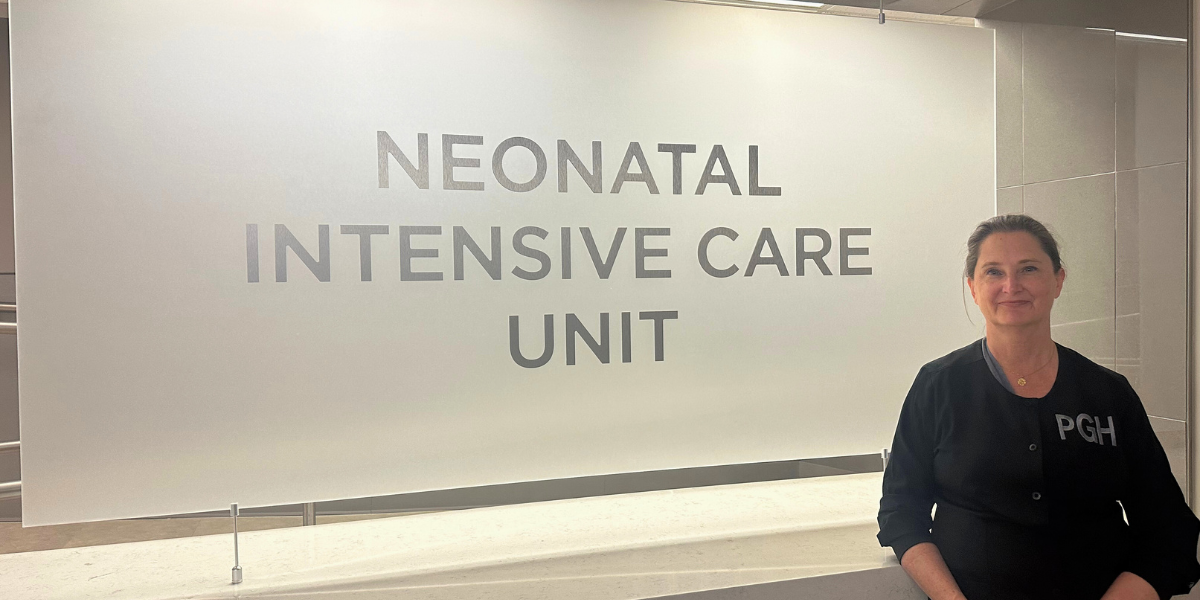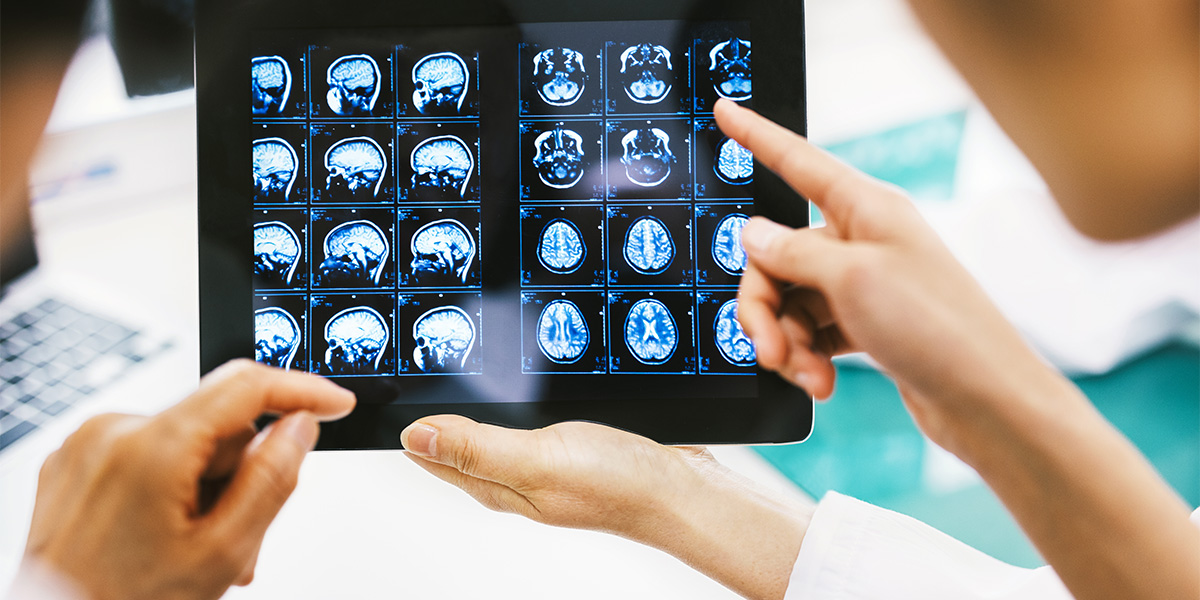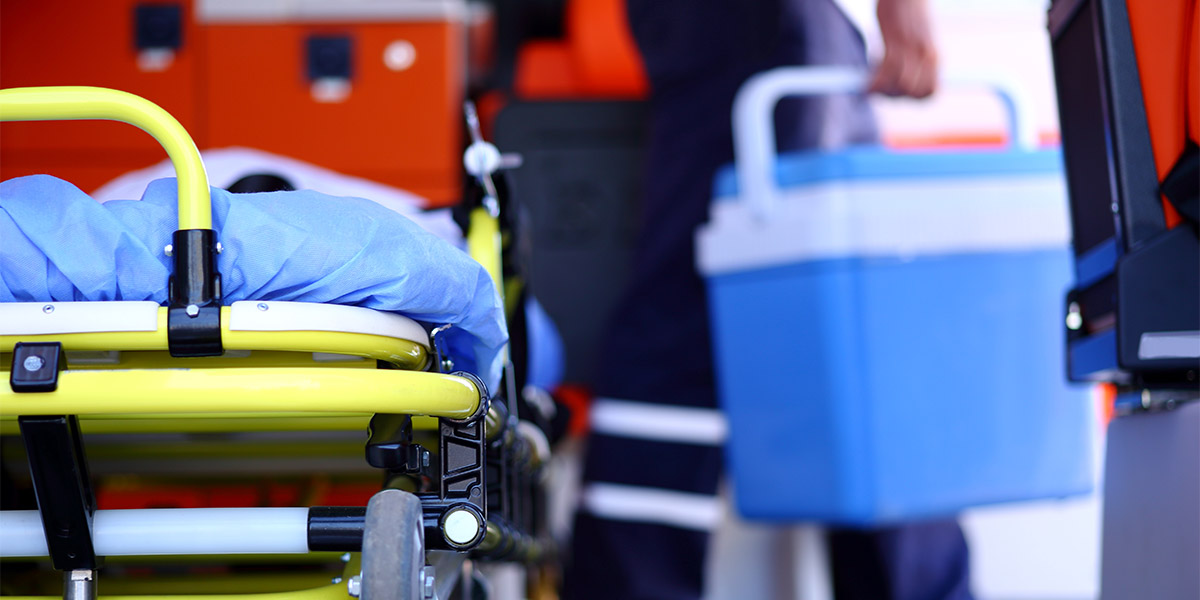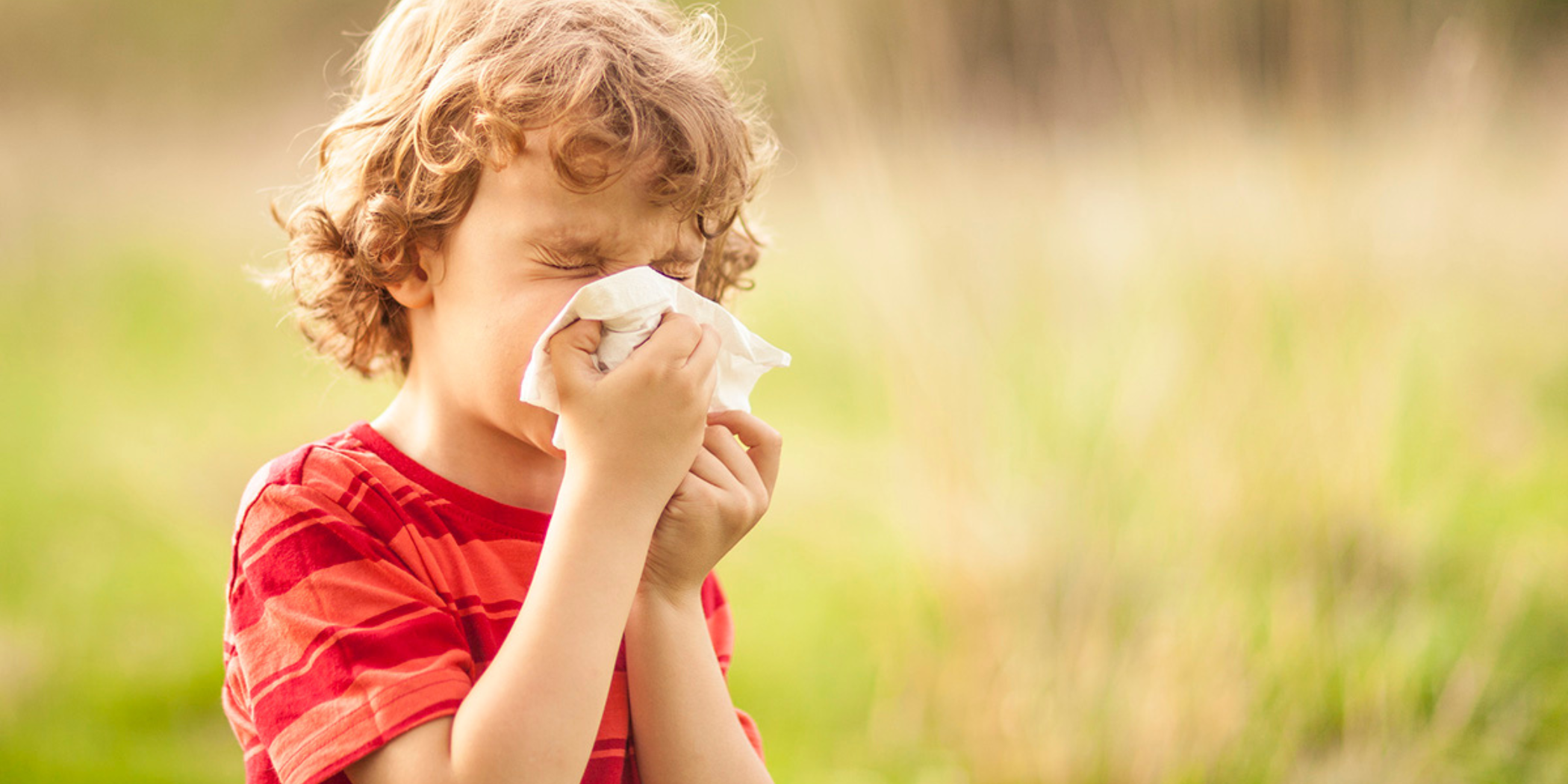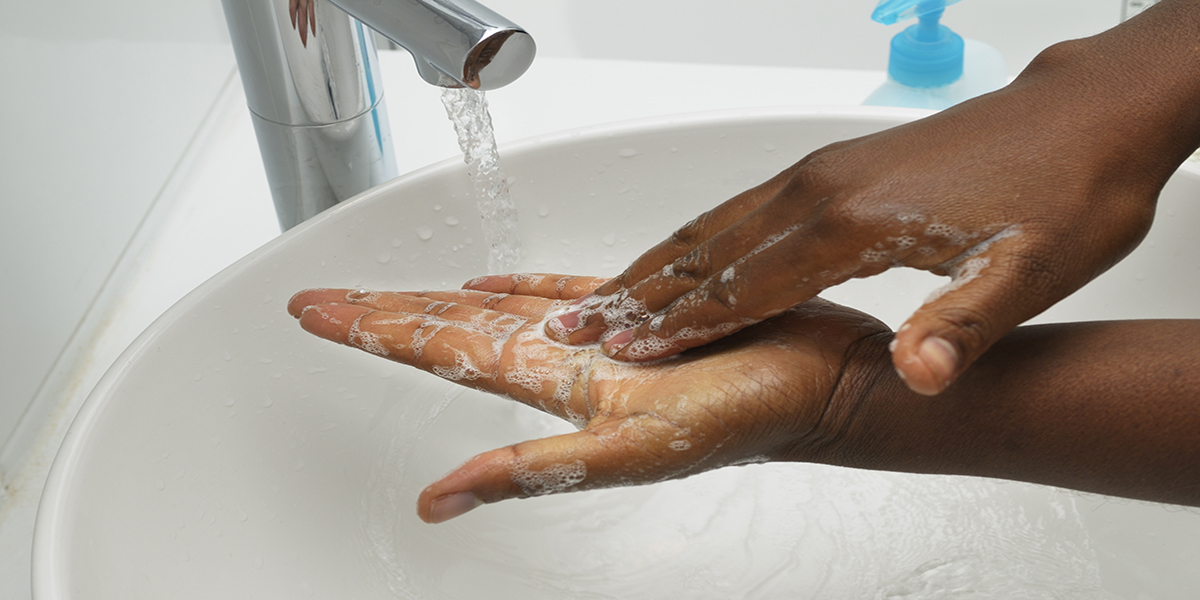
The Battle of the Bug: Important information about antibiotics
Imagine the scene of a battle. On one side, you have mighty antibiotic warriors heading to the battlefield to fight an army of bacteria. The army of bacteria is large, and most of the soldiers are weak (non-resistant), but there is a small regiment of stronger soldiers (resistant) hidden in the ranks.
The antibiotic warriors move fiercely into battle, killing the non-resistant army of bacteria and even a few innocent bystander bacteria. When the battle is over, the weak bacteria soldiers are dead. However, it is possible that some of the strong, resistant bacteria have survived the antibiotic attack, and were left alive with better knowledge of how to fight their enemy when they meet again. In the meantime, those soldiers can get stronger and multiply, which creates an even larger regiment of resistant bacteria. This can result in a new, harder to treat, infection.
Why couldn't the mighty antibiotic warriors kill all of the bacteria soldiers? Therein lies the phenomenon we know as antibiotic resistance. You see, our bodies themselves do not become resistant to antibiotics. Rather it is the bacteria that enter our body and make us sick that are becoming stronger and more resistant to antibiotic therapy. Needless to say, this is not good news.
“Antimicrobial resistance makes the treatment of any infection more challenging and increases the likelihood of treatment failure," Evan Lantz, Pharm.D., BCPS, said. Dr. Lantz is a clinical pharmacist at Spartanburg Medical Center who specializes in infectious diseases.
What do you know about antibiotics? Take this quiz.
How does antibiotic resistance happen?
Antibiotics are powerful medicines that fight bacterial infections and save lives when used properly. When bacteria are exposed to antibiotics there are three possible outcomes: they will die, they will stagnate (not multiply) or they will multiply.
Three main factors will predict which is more likely to happen:
1. Antibiotic concentration
2. Bacterial mutation
3. Bacterial genetic exchange
Antibiotic concentration
When you take an antibiotic for a bacterial infection, it immediately goes to war and starts killing bacteria to make you feel better
Think about it this way: When we get sick with a bacterial infection and start taking an antibiotic, what happens to us when the antibiotic starts killing the bacteria? We start to feel better!
However, just because we start feeling better it does not mean the antibiotic has had a chance to kill 100 percent of the bacteria. For effective treatment of bacterial infections, the antibiotic must be strong enough, or taken long enough, to kill all of the bad bacteria. This is why doctors tell us to take all of our antibiotics because stopping too soon can leave behind an army of smarter, stronger, more resistant bacteria.
Bacterial mutation
For animals, mutations are genetic changes that take place throughout the centuries to help a species survive.
However, bacteria can multiply within minutes, allowing for mutations to occur over a much shorter period of time. These mutations can make it difficult for antibiotics to enter the bacteria, making the antibiotic less effective.
Bacterial genetic exchange
Believe it or not, sometimes bacteria like to teach each other how to fight. As a result, once a single bacterial species has managed to resist an antibiotic with a mutation in one of its genes, that gene can get copied and passed around to other bacteria. It's like passing around a new battle technique - as more meetings occur, more and more bacteria learn how to resist the antibiotic.
What does all of this mean?
Simply put, antibiotics are becoming less and less effective at fighting bacterial diseases, some of them deadly. Because of the rise in antibiotic resistance, infectious bacteria are much harder to control than they were ten or twenty years ago.
“We cannot depend on new antibiotic innovation being our shield against antimicrobial resistance,” said Dr. Lantz. “We must improve the use of our current antibiotics and avoid antibiotic use unless it is absolutely necessary.”
So, what can we do to help decrease antibiotic resistance?
1. Remember that antibiotics kill bacteria, not viruses.
If you take antibiotics for a viral infection, such as a cold or the flu, they will not work. However, you could be creating an increased number of antibiotic-resistant bacteria in your system. Many people are surprised to learn that 9 times out of 10 sore throats and sinus infections are caused by a virus, not bacteria, so taking antibiotics would do more harm than good.
2. Never share antibiotics with others, or use leftover prescriptions.
Just because an antibiotic worked for your strep throat, it does not mean it will work for your friend's urinary tract infection. Your doctor knows which class of antibiotics was created for which strain of bacteria.
3. Wash your hands!
Hand washing with soap protects health and saves lives. An easy task like washing our hands is the single most important way to prevent the spread of infections.
“Frequent hand washing helps to avoid many infections (e.g. viral) that contribute to inappropriate antibiotic prescribing," Dr. Lantz said.
It's OK to leave empty-handed
When we get sick it can be hard to tell if an illness is bacterial or viral, but our immune system is designed to fight-off either type of attack. However, the next time you see your doctor because you don't feel well, don't be upset if you leave without a prescription. That is just your doctor's way of helping your body be better prepared when it is your turn to fight “The Battle of the Bug.”
Learn more about the importance of hand washing to prevent the spread of germs: Visit SpartanburgRegional.com.









